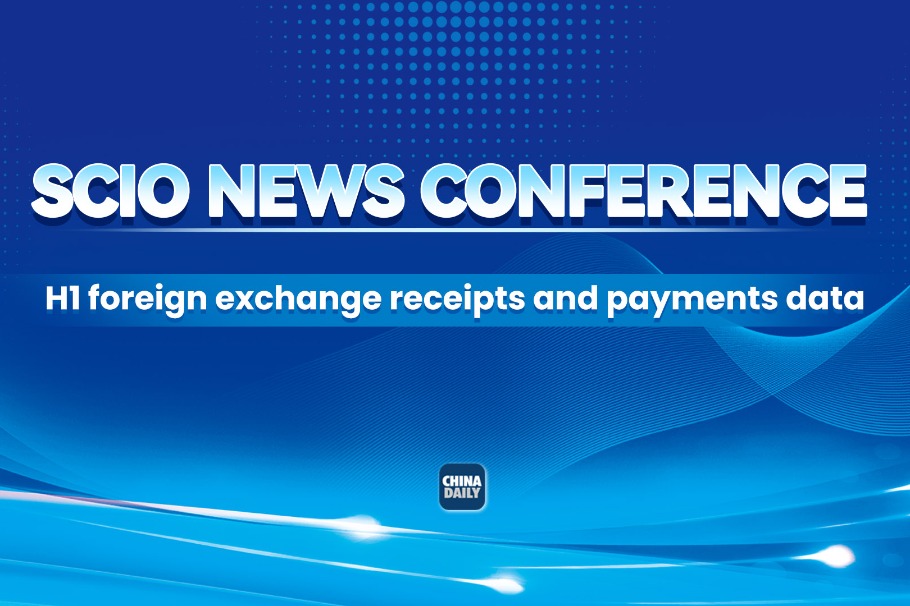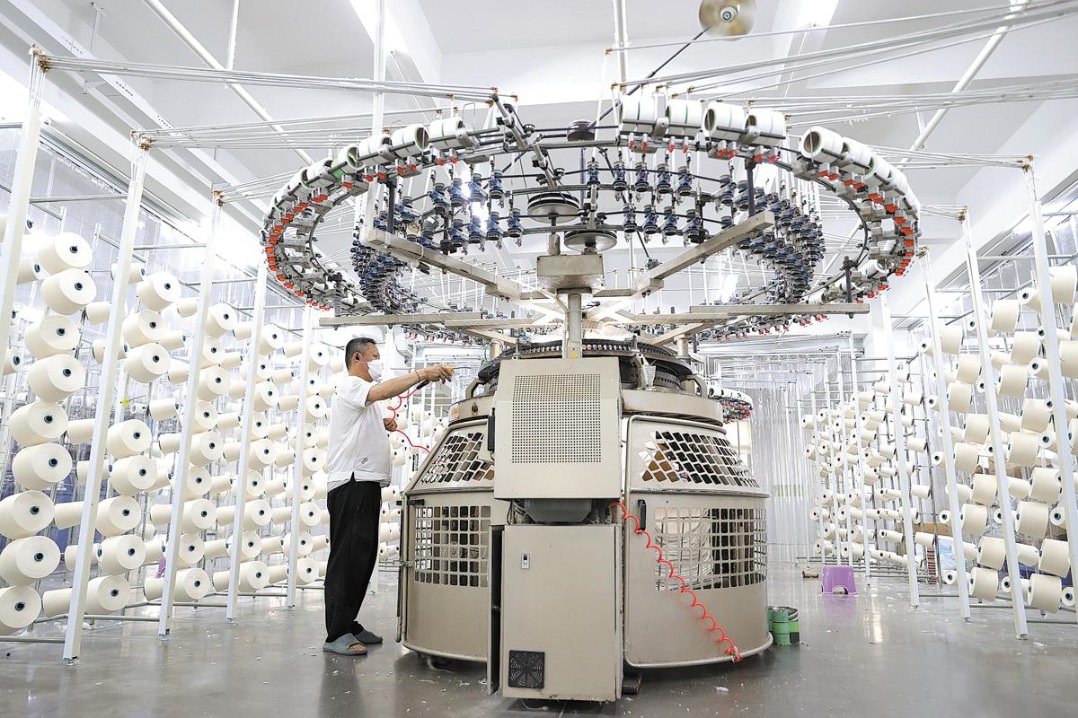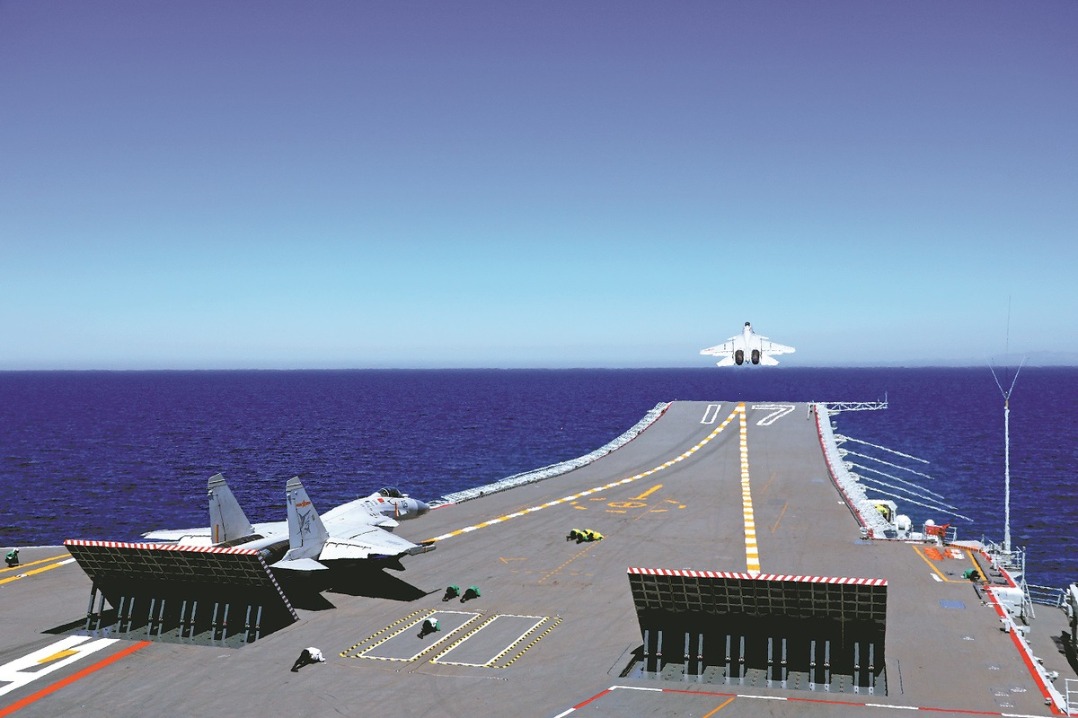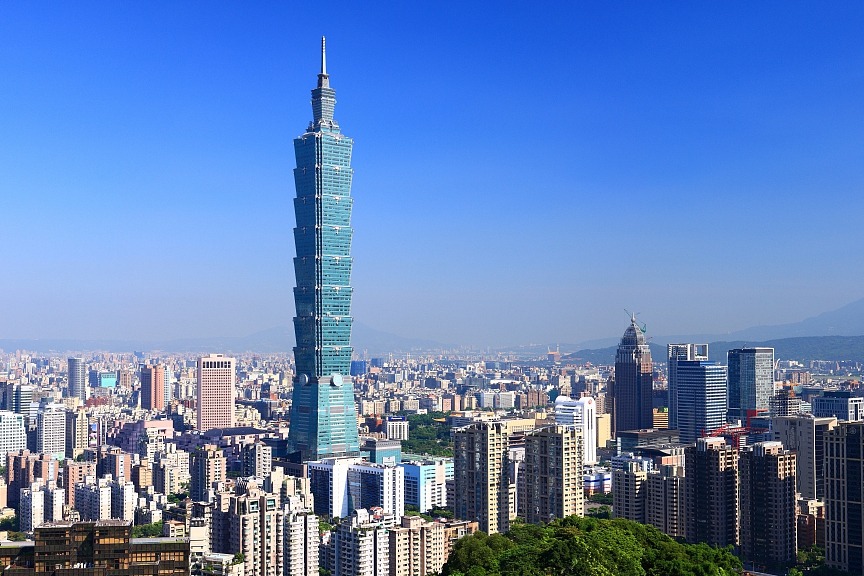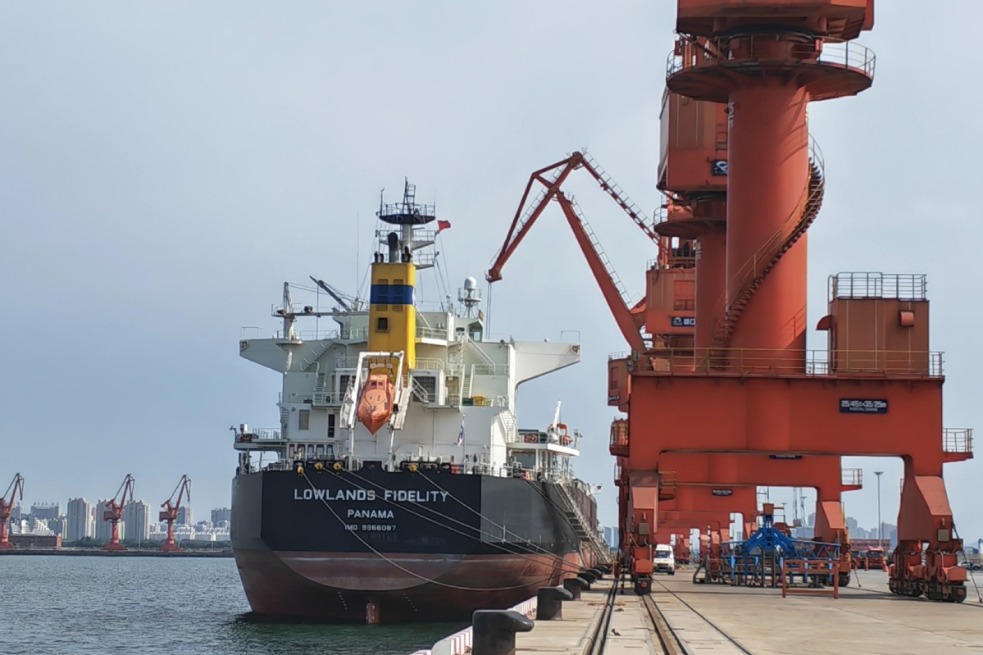Playing its appointed part in US' strategy will not bring Manila its desired rewards: China Daily editorial

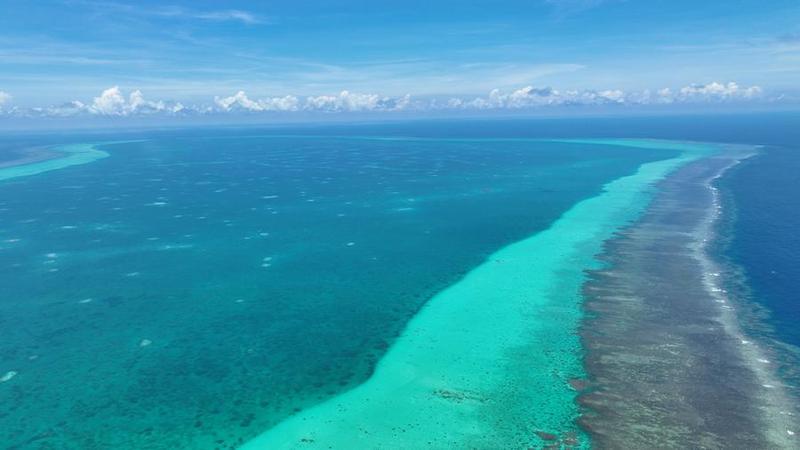
When asked at his Senate confirmation hearing half a year ago if he could name one member of the Association of Southeast Asian Nations, describe what type of agreement the United States had with the ASEAN countries, and how many nations were in the bloc, the then defense secretary to-be Pete Hegseth replied that he knew the US has "allies in South Korea and Japan, and in AUKUS with Australia".
But that sorry-you-got-me reply was no hindrance to his appointment and the US defense chief has quickly done his ASEAN-related homework. The US' focus in the region is to work with the Philippines, its closest ally in ASEAN, to advance its misleadingly titled "peace through strength" agenda in the Asia-Pacific, a region the US has identified as "priority theater". That's the core message Hegseth delivered to the Philippines during his visit in March, the first Asian country he visited after taking office, and one that he reiterated during his meeting with visiting Philippine President Ferdinand Marcos Jr at the Pentagon on Monday.
However, although Manila and Washington speak in one voice about defending "peace, security and freedom of navigation" in the South China Sea, other regional countries see clearly they are paying lip service to these while scratching each other's back.
The Marcos government threw itself into the arms of the US soon after taking office three years ago, as the maritime disputes between the Philippines and China provided the US with an ideal means to solicit its ally's participation in its strategy to contain China. Since then, the US has pushed the Philippines to the front to do the dirty work of trying to provoke China and drive a wedge between regional countries and China.
In a readout of the Department of Defense about the Hegseth-Marcos meeting, the Pentagon made no attempt to conceal the truth that it is the Philippines' position in the South China Sea that makes it such a desirable partner in the region.
To make the US' intervention in regional affairs "legitimate" and present its de facto geopolitical scheming as fulfilling its obligations to an ally, Washington cites the Mutual Defense Treaty it signed with Manila in 1951 in the wake of the Cold War as a basis for its irrationally fast-growing military presence in the region.
But the bilateral security treaty by no means constitutes a "legitimate basis" for the US to interfere in the maritime disputes between China and the Philippines through fabricating a "security threat" to the latter.
China has never ceased urging the Philippines to resolve their disputes in the South China Sea through consultations. It is committed to working with other countries in the region to build the South China Sea into a sea of peace, friendship and cooperation. So the US demands that the Marcos government act like the Philippines feels "threatened" by China so that it can increase its military footprint on China's doorstep. Manila has obliged by staging all kinds of "look at the bully" farces in the waters near Chinese islands and reefs.
In saying "We do not seek confrontation, but we are and will be ready and resolute" in his meeting with Marcos, Hegseth gave the US' game away. The US' Philippines policy these years has always been to play it as a piece on the board of its geopolitical games in the Asia-Pacific. That's why the US has not satisfied the Marcos government's requests for more economic aid to help reinvigorate the country's economy that has been unavoidably impacted by its ill-advised diplomacy.
The US is more interested in deploying missiles and drones in the Philippines, at the latter's expense, than including it in its advanced semiconductor supply chain, something Washington promised years ago.
In his meeting with Marcos on Monday, US Secretary of State Marco Rubio once again voiced the US' commitment to advancing the two countries' "shared prosperity". But the US threatened this month to raise the "reciprocal tariffs" on Philippine exports to 20 percent from the 17 percent it threatened in April. That is why Marcos has made the trip to Washington to try and persuade the administration to be merciful on his country.
But the Philippine president faces a Herculean task as the US president wrote in his letter to his government announcing the proposed tariff rate: "Please understand that the 20 percent number is far less than what is needed to eliminate the trade deficit disparity that we have with your country."
The Philippine leader is well aware that the current US administration is only paying lip service to such initiatives as the Luzon Economic Corridor proposed by its predecessor. In his hosts' "America First" dictionary there is no such phrase as "shared prosperity". Marcos should be prepared for a White House lecture on "Ask not what America can do for you, but what you can do for America".
Instead of being a pawn of the US, the Philippines should return to the right track of peacefully resolving its disputes in the South China Sea through negotiations with China.

















